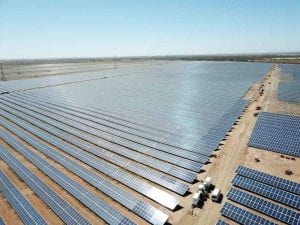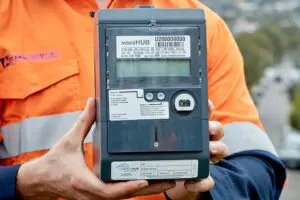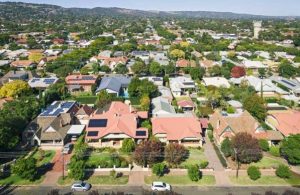In July 2020, the Energy Security Board (ESB) issued a consultation paper proposing that DER technical standards for Distributed Energy Resources (DER) – rooftop solar, electric vehicles, smart appliances and all the rest – would be governed in a new way.
In contrast to the existing mess of multiple forms of standard-setting with no coordination, a DER Standards Governance Committee would be created under the National Electricity Rules (NER), convened under the Australian Energy Market Commission (AEMC).
It was proposed that the DER Standards Governance Committee would be responsible for:
- setting a vision for DER technical standards;
- developing a technical standards work program;
- monitoring, reviewing and setting DER technical standards;
- considering issues related to compliance and enforcement of standards in their development;
and
- providing advice on standards and undertaking related reviews.
In my 20-plus years of being involved in consultations, I’ve never seen such overwhelming positive feedback to any proposal. Of the 32 stakeholder submissions received by the ESB, 28 were in full support of the proposal, three indicated conditional support and there was only one full rejection of the proposal.
Last week, the AEMC decided no new governance arrangements for the coordination of DER technical standards are needed. In fact, no new Rule is needed in the rules about DER technical standards at all and current arrangements continue. Instead, the AEMC will do an annual review of DER technical standards.
What reasons does the AEMC give for not making any Rule?
Time has passed since the rule change request was lodged. The AEMC argues that the ESB and the Australian Renewable Energy Agency (ARENA) have been working on standards, but this strengthens, not diminishes the need for coordination and oversight. The ESB has committed to have agreed electric vehicle (EV) charging standards by mid-2022, but there is no written documentation available on how this is proceeding and how they will be mandated.
There is now an Australian Common Smart Inverter Profile (CSIP) for standard IEEE 2030.5 (essentially a communications protocol for DER), thanks to Professor Lachlan Blackhall and the DEIP interoperability steering committee, but that doesn’t change the need for this standard to be mandated in some form.
Avoiding duplication. Yet there are no other governance arrangements for forward planning and coordinating and ensuring appropriate DER technical standards are mandated under the rules (or elsewhere). The ESB rule change proposal explicitly allows for the adoption of standards developed elsewhere (for example, through Australian Standards processes).
The benefit of flexibility. There’s often more benefit in consistency, in having standards under the rules. The rule change proposal sought to ensure standards could be quickly updated or included in a subsidiary instrument under the rules, rather than in the rules itself.
The proposal allows for flexibility in standard setting processes, with coordinated oversight and quality control, which is urgently needed. No body has responsibility for the governance of DER technical standards.
In fact, when I started working at the ESB, numerous stakeholders told me that putting governance arrangements in place was an urgent priority, as the absence of such arrangements was a major barrier to comprehensive integration of DER into the National Electricity Market.
Where does the AEMC’s draft determination leave DER integration?
The conclusion is that the rule maker is comfortable to future-proof for the provision of charging for DER exports but is not prepared to make rules or put resources into the foundational issue of forward planning and coordinating, and where necessary, defining DER technical standards in a subsidiary instrument under the rules.
To give a practical example of why this matters, the Australian Energy Market Operator (AEMO) recently published its initial roadmap engineering framework, which charts the future towards a low-inertia electricity system with fewer synchronous generators.
The engineering framework highlights, for example, the need for enhanced operational visibility and monitoring data access about DER and the need to technically specify the services that different technologies can provide for system-level flexibility and services.
Data and technical specifics mean standards. Household solar systems and electric vehicles in particular might be able to support system security if we set the technical standards that enable them to do so.
The engineering framework means we need to ensure DER can play its part in assisting the grid through clear coordination of and planning for technical standards.
The danger is that the AEMC’s draft decision for flexibility without coordination in regulation means that we are not optimising the use of behind-the-meter resources.
And what does that mean? That the energy transition will be more expensive than it ought to be for consumers.
The AEMC invites written submissions on the draft rule determination by COB Thursday 3 February 2022.
Dr Gabrielle Kuiper is a DER Specialist at the Institute for Energy Economics and Financial Analysis (IEEFA)










